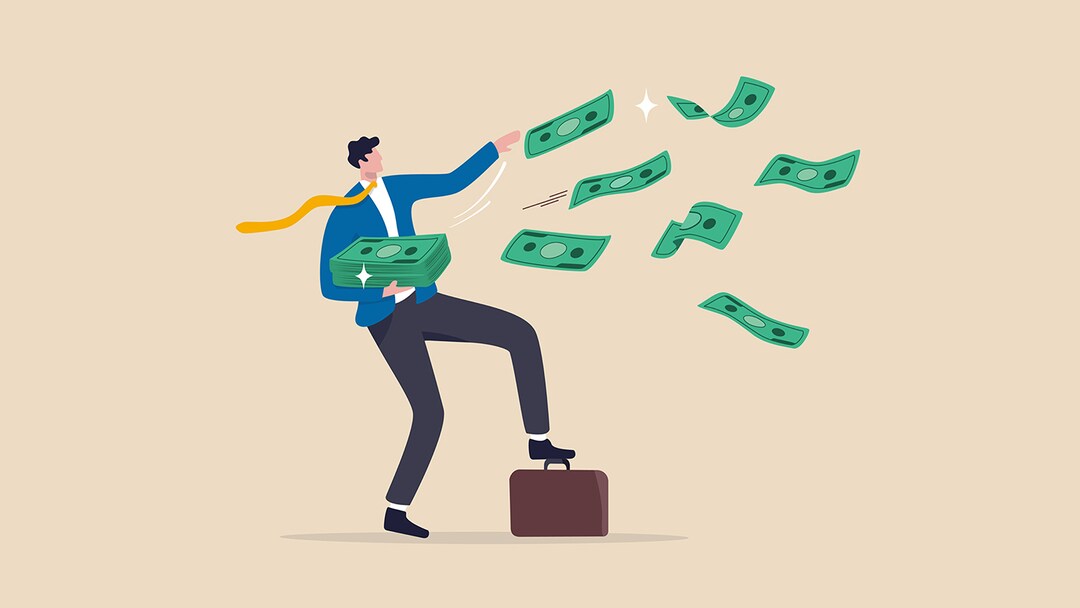The debt snowflake method: A debt repayment strategy

Highlights
- The debt snowflake method may be a useful approach to repaying debts when you need something flexible and low commitment.
- There are other repayment methods you can pivot to if you find you can put more funds towards paying off your debts.
- Lowering your debt-to-income ratio can be a healthy way to help improve your credit score and overall financial wellness.
Using the snowflake method can be a helpful way to slowly, incrementally repay your debts over time, especially if other methods are not feasible. As you start to pay off your debts, you may notice your credit score begin to improve. If you want more information about how to help raise your score you can enroll in free tools like Chase Credit Journey®.
Using the snowflake method to repay debt
When you begin paying off debts, you can increase your credit score, since payment history, and credit utilization are heavily factored in your credit score. One method you may consider using to repay debts is the snowflake method, where you find small ways to save your funds and put them towards your debt.
Like snowflakes, small changes on an individual scale may not appear to be much, but accumulated over time can make a huge impact. The following steps may help you to understand how to use this method.
Step 1: Identify the debt
Before jumping into saving and paying off your debts, first identify which of your debts you want to pay off first. Do you have high-interest credit card debt you’re hoping to chip away at? Are you behind on making payments towards a student loan? Identifying the debt you want to tackle first can help you create a realistic goal of how much you can pay off using the snowflake method.
Step 2: Review your budget
The snowflake method is all about finding small ways you can save. To do this, look at your current spending habits. What is it you spend the most on? Where can you potentially cut back and find savings? Could you pause a meal kit service for a few months and instead buy groceries from a budget store? Finding opportunities to shave just a few dollars off your budget can go a long way.
Step 3: Accumulate small savings
Once you review your spending habits and create a tight budget, start paying close attention to small details. For example, compare grocery prices and find the most cost-effective purchases. Put a small percentage of your paycheck towards a savings account via direct deposit, even if it’s just $5 a pay period. If you often use cash, you could make an old-fashioned savings jar where you put spare change. The smallest bit can add up over a period of time.
Additionally, you may want to closely examine some of your card’s rewards or benefits. Some card issuers have an automatic savings option; for example, if you use your debit card to make purchases, your bank may allow you to automatically add a bit of change to a savings account each time you make a purchase to later put toward making a debt payment. If you use a credit card that comes with cash back, you could use that card to pay for your groceries and then redeem your cash back rewards earned for a statement credit or direct deposit to help pay your debts.
Other methods to repay debt
In addition to the snowflake method, there are several other approaches to repaying debt. These include:
- Debt snowball method—where you pay your debts from smallest to largest.
- Debt avalanche method—where you pay off debts with the highest interest rates first.
Deciding when to apply the debt snowflake method
If you feel like you can’t afford to make major payments towards your debts and are looking for an easy-to-start option, adopting the snowflake method may prove to be a useful way to incrementally repay your debts. You may want to use this method if you’re unable to commit to saving a large lump sum every week or month. It can also be helpful during a time where your debt-to-income ratio is a bit high and you don’t have much wiggle room in your budget to save.
When to skip the debt snowflake method
You may have gotten a new job that comes with a higher salary, allowing you to put a little extra money towards paying off your debts. If this is the case, or if you find you’re able to accumulate enough funds where you can start to make higher monthly payments towards your debts, you may want to substitute the snowflake method for the snowball or debt avalanche method. This is because you’ll be able to make larger payments, lowering your credit utilization ratio, which is an important factor when generating your credit score.
In addition, the other repayment methods may help you save on interest in the long run.
Bottom line
The snowflake method can be a helpful approach when you’re on a tight budget with little room to save and repay your debts. It can also help instill healthy consumer habits such as prioritizing savings and becoming a more discerning spender—especially in times of debt. While it may seem daunting at first, approaching your debt with baby steps in how you spend and save can do wonders for your long-term financial wellness.


